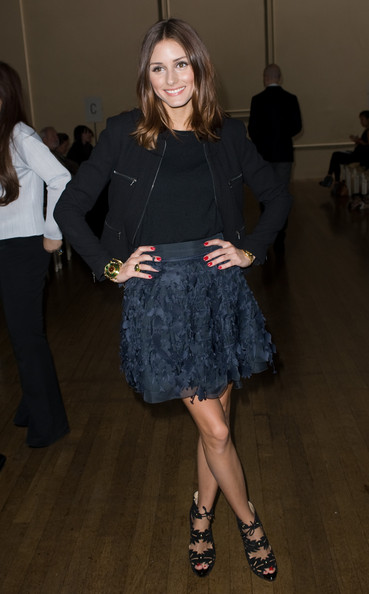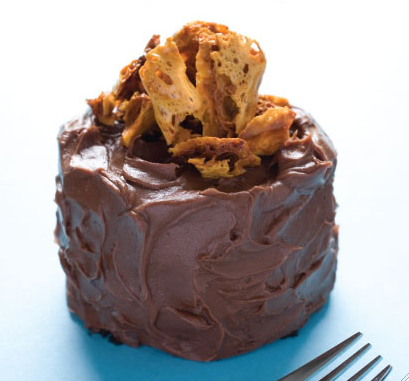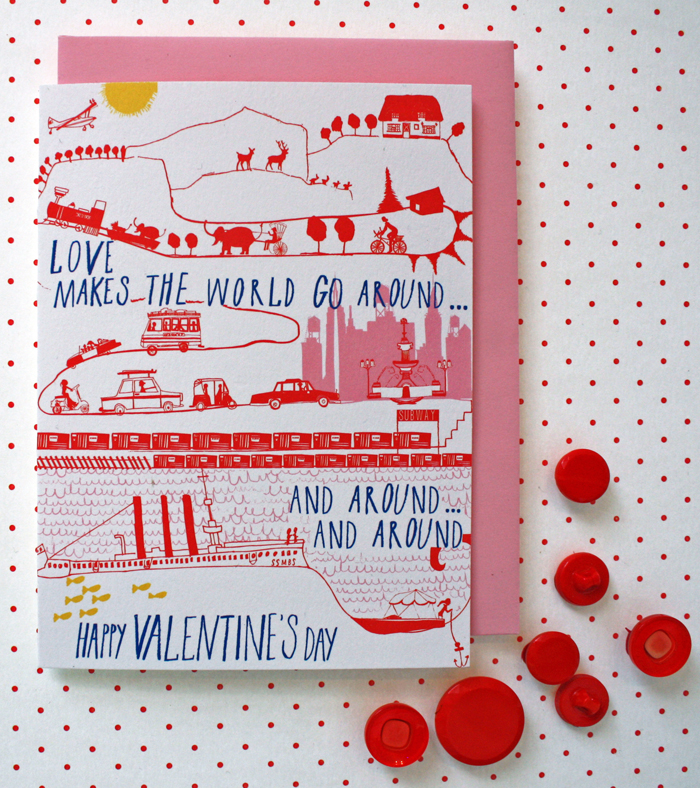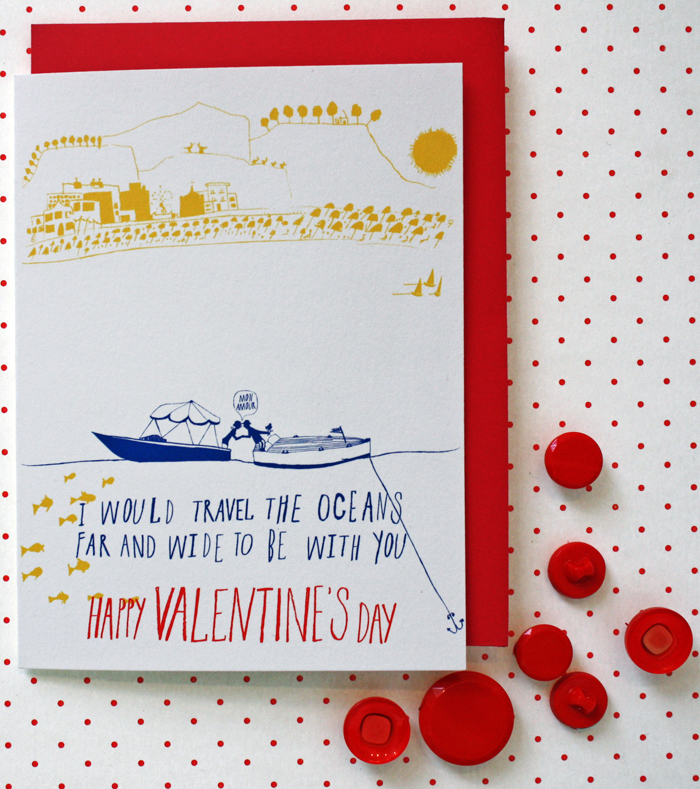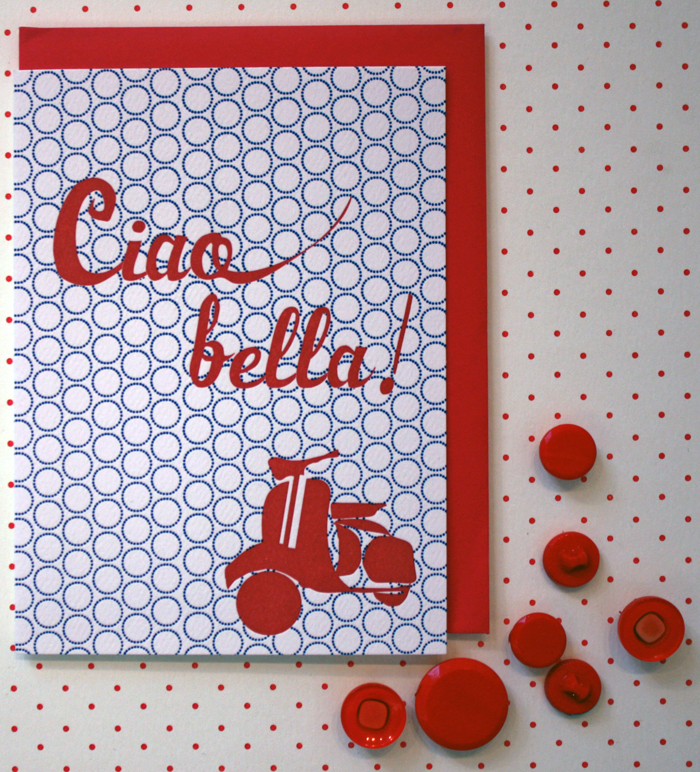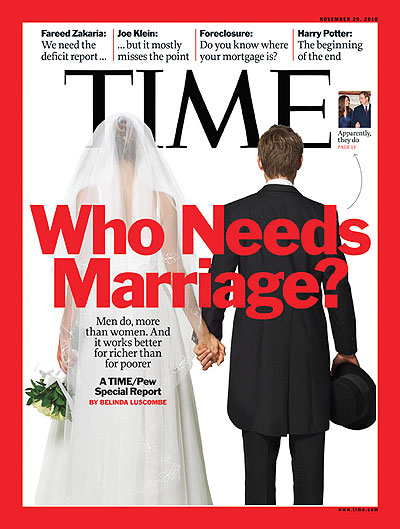I’ve gotten many emails about which red lipstick I prefer. Chanel’s Rouge Allure Laque has intensely rich colour and shine that lasts for hours. Temptingly creamy texture and full coverage in eight stunning shades. My very favorite color is #75 Dragon Red. Chanel Rouge Allure Laque, Norstroms $32.00
WIFE Make Up Bag: Red Lipstick
January 31st, 2011 — Beauty, Things I Love
Style Inspiration: Olivia Palermo
January 28th, 2011 — Style Inspiration
Valentine’s Treats from: Cake Monkey
January 28th, 2011 — Gifts, Things I Love, Valentine's Day
Yo Ho’s Snack Treat, Chocolate Cake rolled up with Vanilla Cream, Coated with Bittersweet Chocolate. Serve with a glass of milk! $3.00
Remember how comforting a chocolate, cream filled snack treat could be with a cold glass of milk… tearing it out of the package and taking that first heavenly bite…or how a Brown SugarCinnamon Toaster Pastry was the perfect way to start your day? Or maybe you had a favorite layer cake that your Mom made only once a year. Perhaps you haven’t found your perfect cake… you’re a searcher, looking for the perfect combination of cake, filling and frosting. Nuts or no nuts? Buttercream or meringue? Dark Chocolate or Milk Chocolate?
At Cake Monkey, we want everyone to be happy. So we’re baking a variety of cakes and treats sized just for you. Whether you’re having an intimate dinner for two or a large party, there’s a special cake for everyone. If you want to customize your order, just let us know and we’ll make it happen.
So, if you love cake, however you love cake, Cake Monkey Bakery is the place for you. From mini layer cakes to snack treats and breakfast pastries… All of Cake Monkeys sweets are irresistable!
Mini Must Love Chocolate Layer Cake, Devil’s Food Cake with Crunchy Valrhona Chocolate Pearls and Dark Chocolate Frosting, Topped with Crumbled Honeycomb $7.00
Mr. Boddington’s Valentine Day Cards
January 27th, 2011 — Stationary, Valentine's Day
“Who Needs Marriage?”
January 27th, 2011 — Article
The wedding of the 20th century, in 1981, celebrated a marriage that turned out to be a huge bust. It ended as badly as a relationship can: scandal, divorce and, ultimately, death and worldwide weeping.
So when the firstborn son of that union, Britain’s Prince William, set in motion the wedding of this century by getting engaged to Catherine Middleton, he did things a little differently. He picked someone older than he is (by six months), who went to the same university he did and whom he’d dated for a long time. Although she is not of royal blood, she stands to become the first English Queen with a university degree, so in one fundamental way, theirs is a union of equals. In that regard, the new couple reflect the changes in the shape and nature of marriage that have been rippling throughout the Western world for the past few decades.(See an album of British royal weddings.)
In fact, statistically speaking, a young man of William’s age — if not his royal English heritage — might be just as likely not to get married, yet. In 1960, the year before Princess Diana, William’s mother, was born, nearly 70% of American adults were married; now only about half are. Eight times as many children are born out of wedlock. Back then, two-thirds of 20-somethings were married; in 2008 just 26% were. And college graduates are now far more likely to marry (64%) than those with no higher education (48%).(See a video of Belinda Luscombe sharing her thoughts on the TIME/Pew survey.)
When an institution so central to human experience suddenly changes shape in the space of a generation or two, it’s worth trying to figure out why. This fall the Pew Research Center, in association with TIME, conducted a nationwide poll exploring the contours of modern marriage and the new American family, posing questions about what people want and expect out of marriage and family life, why they enter into committed relationships and what they gain from them. What we found is that marriage, whatever its social, spiritual or symbolic appeal, is in purely practical terms just not as necessary as it used to be. Neither men nor women need to be married to have sex or companionship or professional success or respect or even children — yet marriage remains revered and desired.(See the Pew Research Center’s full report “The Decline of Marriage and Rise of New Families.”)
And of all the transformations our family structures have undergone in the past 50 years, perhaps the most profound is the marriage differential that has opened between the rich and the poor. In 1960 the median household income of married adults was 12% higher than that of single adults, after adjusting for household size. By 2008 this gap had grown to 41%. In other words, the richer and more educated you are, the more likely you are to marry, or to be married — or, conversely, if you’re married, you’re more likely to be well off.(See pictures of couples that have been married for 50 years.)
The question of why the wealth disparity between the married and the unmarried has grown so much is related to other, broader issues about marriage: whom it best serves, how it relates to parenting and family life and how its voluntary nature changes social structures.
The Marrying Kind
In 1978, when the divorce rate was much higher than it is today, a TIME poll asked Americans if they thought marriage was becoming obsolete. Twenty-eight percent did.(See Part I of the TIME/Pew results.)
Since then, we’ve watched that famous royal marriage and the arrival of Divorce Court. We’ve tuned in to Family Ties (nuclear family with three kids) and Modern Family (nuclear family with three kids, plus gay uncles with an adopted Vietnamese baby and a grandfather with a Colombian second wife and dorky stepchild). We’ve spent time with Will and Grace, who bickered like spouses but weren’t, and with the stars of Newlyweds: Nick & Jessica, who were spouses, bickered and then weren’t anymore. We’ve seen some political marriages survive unexpectedly (Bill and Hillary Clinton) and others unpredictably falter (Al and Tipper Gore).
We’ve seen the rise of a $40 billion-plus wedding industry, flames fanned by dating sites, and reality shows playing the soul-mate game — alongside the rise of the prenup, the postnup and, most recently, divorce insurance. We care about marriage so much that one of the fiercest political and legal fights in years is being waged over whom the state permits to get married. We’ve seen a former head of state’s child (Chelsea Clinton) marry after living with her boyfriend and a potential head of state’s child (Bristol Palin) have a child before leaving home.(See a brief history of White House weddings.)
So, as we circle back around to witness another royal engagement, where are we on the marriage question? Less wedded to it. The Pew survey reveals that nearly 40% of us think marriage is obsolete. This doesn’t mean, though, that we’re pessimistic about the future of the American family; we have more faith in the family than we do in the nation’s education system or its economy. We’re just more flexible about how family gets defined.(See the Pew Research Center’s interactive graphic “Five Decades of Marriage Trends.”)
Even more surprising: overwhelmingly, Americans still venerate marriage enough to want to try it. About 70% of us have been married at least once, according to the 2010 Census. The Pew poll found that although 44% of Americans under 30 believe marriage is heading for extinction, only 5% of those in that age group do not want to get married. Sociologists note that Americans have a rate of marriage — and of remarriage — among the highest in the Western world. (In between is a divorce rate higher than that of most countries in the European Union.) We spill copious amounts of ink and spend copious amounts of money being anxious about marriage, both collectively and individually. We view the state of our families as a symbol of the state of our nation, and we treat marriage as a personal project, something we work at and try to perfect. “Getting married is a way to show family and friends that you have a successful personal life,” says Andrew Cherlin, a sociologist at Johns Hopkins University and the author of The Marriage-Go-Round: The State of Marriage and the Family in America Today. “It’s like the ultimate merit badge.”
But if marriage is no longer obligatory or even — in certain cases — helpful, then what is it for? It’s impossible to address that question without first answering another: Who is marriage for?


